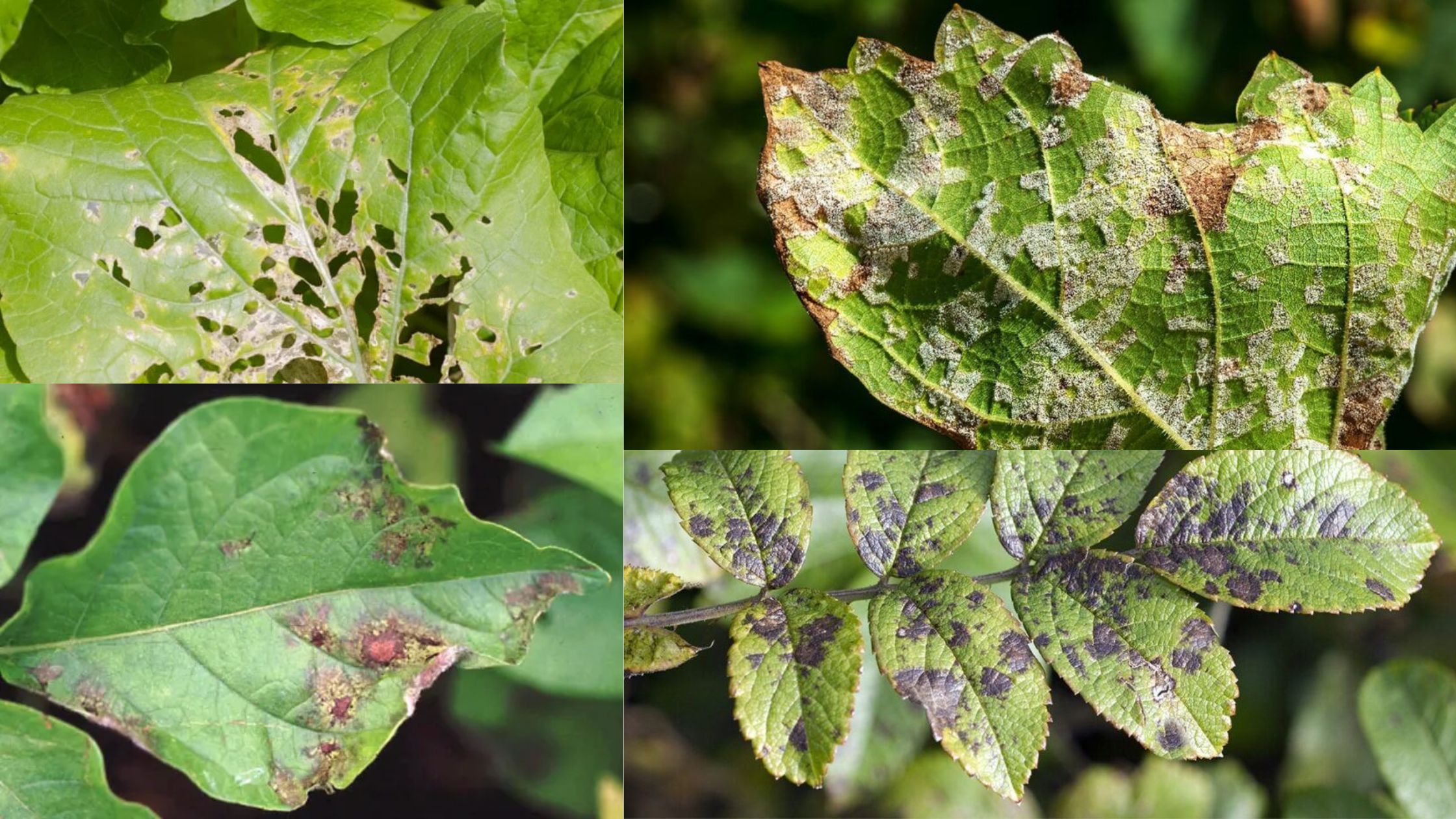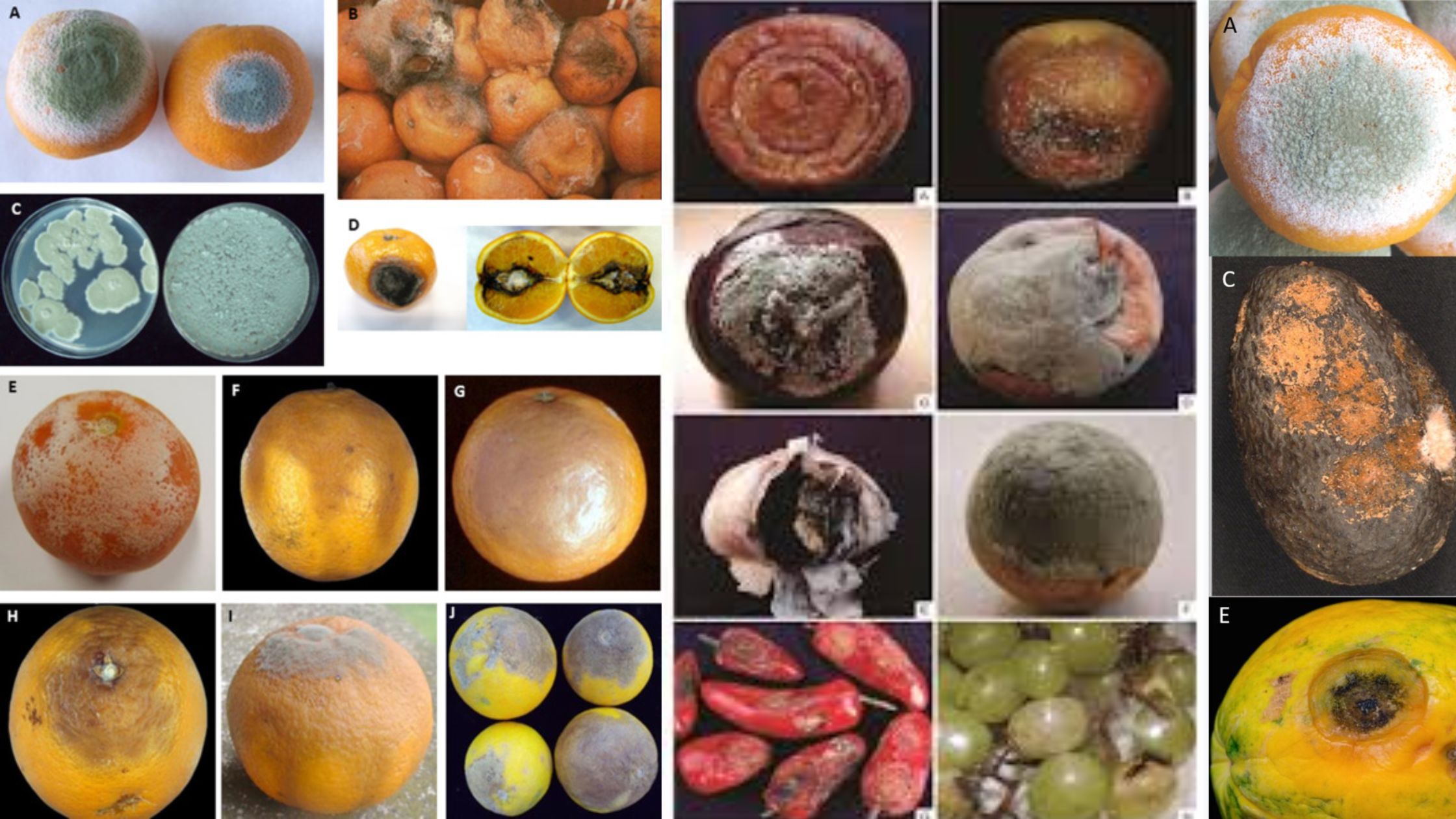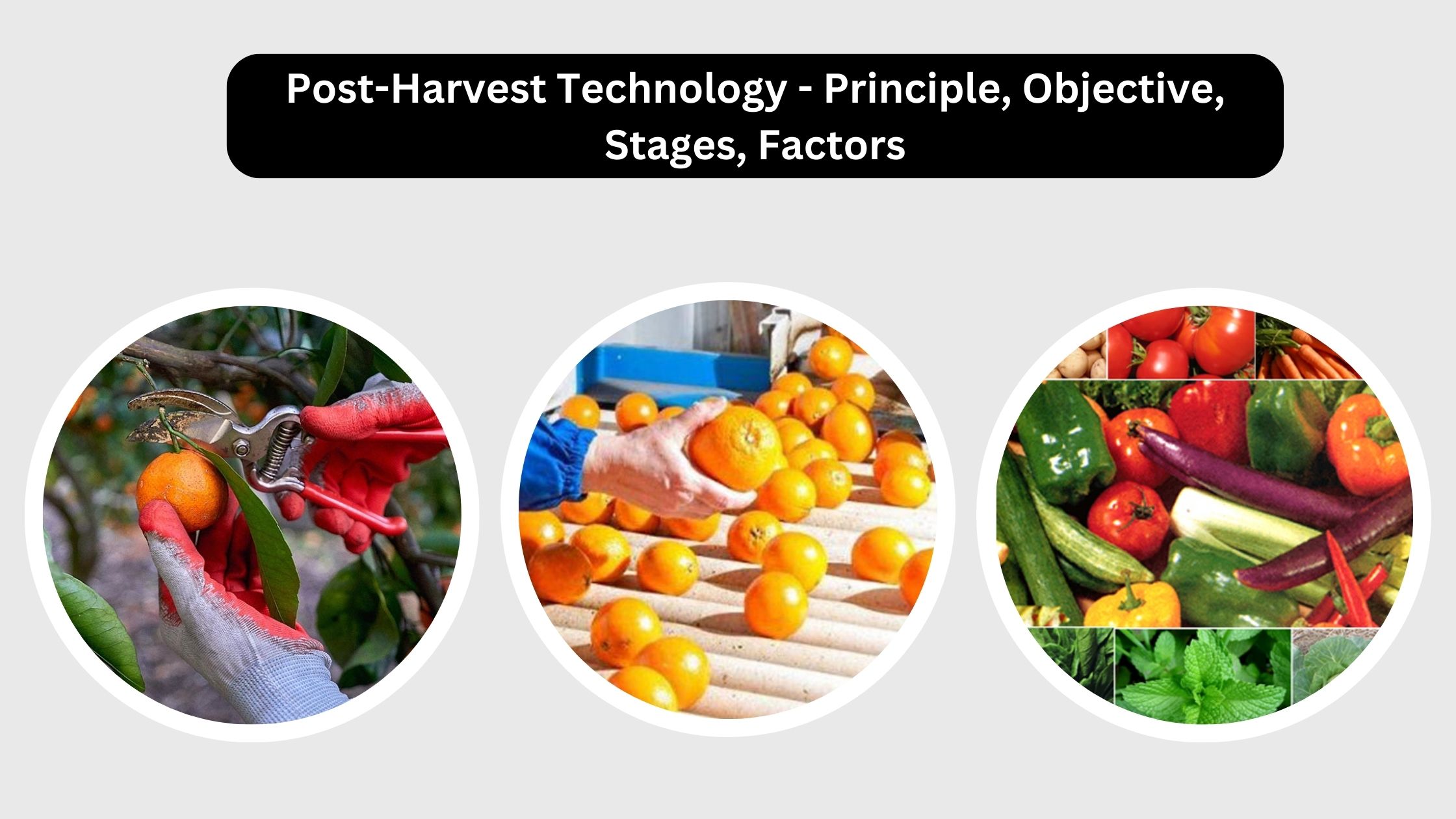The Biology Crossword Puzzle Challenge 5 – Ecology and Ecosystems
Ecology and Ecosystems Crossword: Explore the delicate balance of nature with this ecology-themed crossword! Solve clues about food chains, energy flow, biomes, and the interdependence of living organisms. Delve into key ecological concepts such as producers, consumers, decomposers, and how ecosystems respond to environmental changes. This puzzle will test your understanding of the complex relationships … Read more





